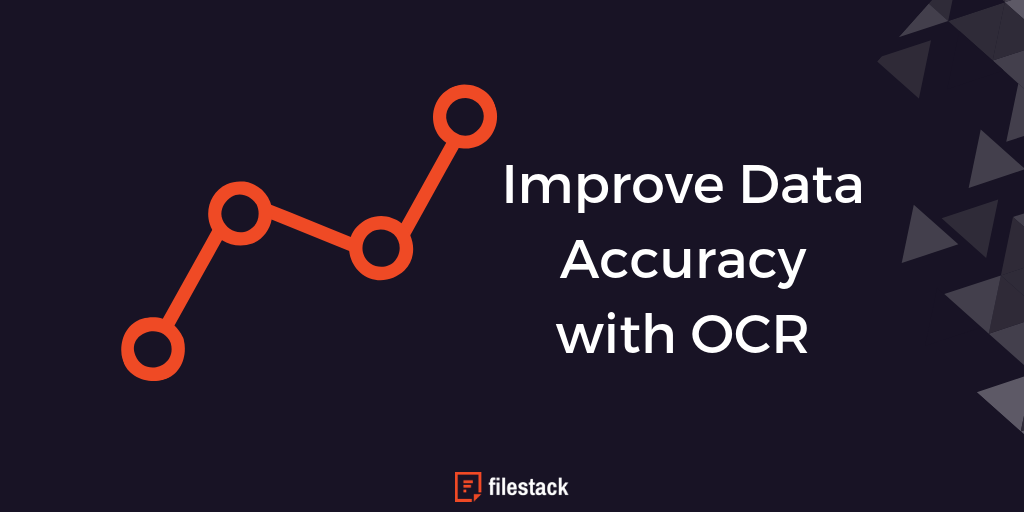There are many OCR solutions available, but not all of them are sufficient in terms of data accuracy. General OCR solutions have an accuracy up to around 98% of the data, and while that may sound like a lot, that means that out of 1,000 characters 20 of them will be incorrect. More advanced OCR solutions can help.
The Difference Between General and Advanced OCR
Basic OCR solutions are able to identify characters through the use of character recognition and pattern matching. OCR solutions will compare each character to known characters to determine which character they most likely are, and then use pattern matching solutions to compare the word as a whole to a dictionary. For most applications, this is more than enough to get a general idea of the content.
But this type of general OCR isn’t always the best for a company. Some companies, such as legal companies, may need accurate OCR in order to scan documents for keywords. Companies that are using OCR for more complex tasks – such as mobile solutions that read characters on-the-fly – may need more accurate results faster. This is where more advanced OCR solutions come in.
OCR and Image Appearance
General OCR solutions can be confused by the appearance of characters, as the appearance of characters may often be indistinct. In real-time, video environments, OCR solutions may falter in low light or during movement. In still photos, OCR may not be able to complete its translations due to low contrast images or obscured text.
Being able to alter image appearance through the use of workflows and advanced image transformations enables the pre-processing of OCR imagery, which increases the chances of a more accurate reading.
Accuracy OCR and Content Specialization
As mentioned, OCR solutions will generally confirm their results against a dictionary or even against grammatical syntax, thereby increasing the likelihood that they’ll have an accurate reading of any given text. However, that does not always work if the text is specialized in nature, such as text from an engineering company or a medical company.
Advanced OCR solutions are able to learn. Organizations are able to modify their dictionaries, and over time their machine learning algorithms are able to detect the most likely text for the specific company rather than on a general purpose level. This significantly cuts down on the amount of errors that occur when analyzing text, and the OCR only improves over time.
OCR is an extremely powerful tool, but not all OCR tools are made equal. General purpose OCR tools provide some basic OCR capabilities, but they may not be as accurate as an organization really needs.
Filestack can not only improve your data accuracy, but also help streamline your entire content process. Talk to us today or see a demo to start streamlining your document processing with Filestack OCR.
Filestack is a dynamic team dedicated to revolutionizing file uploads and management for web and mobile applications. Our user-friendly API seamlessly integrates with major cloud services, offering developers a reliable and efficient file handling experience.
